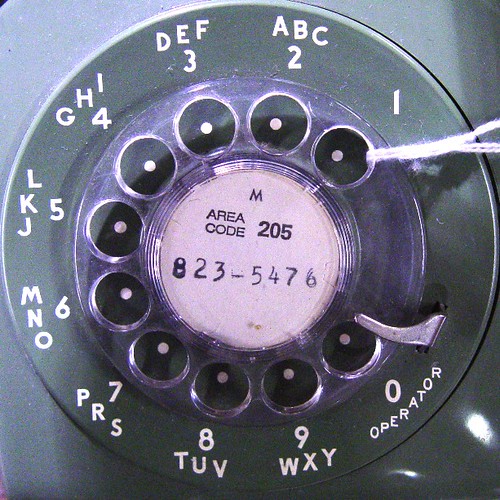I call Time Warner, the provider of my cable modem line, to troubleshoot the cable modem. I call from my cellphone because I have a VOIP phone that, you know — isn’t working because the cable modem is out of commission. My cellphone has a 917 area code, which is an area code for New York City. Time Warner’s computerized voice telephone answering thing says it can’t help me — I’m calling from New York City. I should hang-up and call another number.
Sigh..
Why do I blog this?It’s curious to me, the relationship between physical geographies and how these have been encoded into digital transactions. It used to be that an telephone area code was very place specific. The areas that were en-coded were often closer to the “real estate” planners determination of a physical place, rather than a municipal determination. In New York City, I can remember advertisements that told you to call “Murray Hill 7-5000”, which translated to rotary dialing MU7-5000. Murray Hill (last I was there) was a peculiar swath east of 5th avenue around 20th up to around 30th or so. There were exchanges like Grand Central, for example, for the area around Grand Central train terminal.
Now of course, area encoding is faulty, but a curious legacy. As soon as telephony went mobile — transportable — it became less specific. With global mobile telephony, its a hold over that I don’t think even is referred to much, except for those who once related to it.
I still find it fascinating. When signing up for GrandCentral‘s new service, I got to pick what area code to assign to my GrandCentral number. Same thing when I got VOIP service — “what geographic place do you want people to identify you with?” — this seems to be the question in that process. Part of the encoding of identity.
